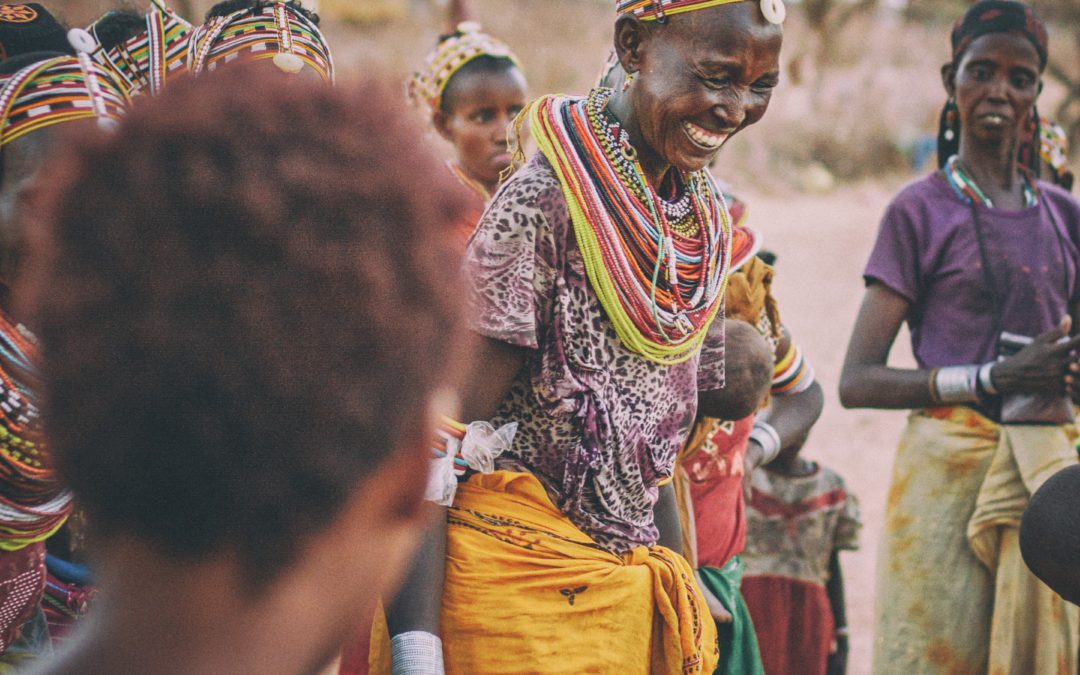On March 8th the world celebrated International Women’s Day. In the US, March is Women’s History Month. Of course, the need for a special day – or even a month – dedicated to women, shows that women’s achievements have not been highlighted to the extent that men’s achievements have. Given that, this post is to highlight the critical role of women in conservation, and especially the role of women in communities that live most closely with wildlife.
Indiginous Communities and Conservation
In a 2020 analysis of terrestrial mammals, researches found for 4460 mammal species assessed by the International Union for Conservation of Nature, 60% of the species had greater than 10% of their ranges on indigenous peoples’ lands and 23% of the mammals had greater than 50% of their ranges on these lands. For threatened species, 47% occurred on Indigenous lands with 26% having greater than 50% of their habitat on these lands.
It isn’t a coincidence that remaining wildlife are concentrated on these lands. Wildlife is declining at a slower rate on indiginous lands and lands where the people have a close and historic relationship of living in harmony with nature and wildlife (Sneed, 2019). Conservationists and policy makers can learn lessons from the history of indiginous and local nature stewardship. Conservationists must also support local communities if we are going to save the remaining global biodiversity.
The Vital Role of Women
Women in these communities have traditionally cultivated and protected these lands and had a central role as teachers, healers and in passing cultural traditional knowledge to the next generation. Unfortunately indiginous women are less likely than men to be included in conservation decision making. Their voices and perspectives are critical.
One way to more deliberately include women in conservation decision making is to make sure that women have a platform to communicate how wildlife contributes to their individual well-being and to the well-being of communities. OneNature has partnered with the Happiness Alliance to develop “Wild Happiness” a collaborative project with communities living closely with wildlife. Our innovative approach puts well-being and wildlife conservation at the center of development conversations. A unique survey instrument and other tools enable learning from community-based wildlife stewardship, while empowering communities to thrive and wildlife to flourish. It brings voices from the entire community, including women and youth, into a process for decision making that is inclusive and sustainable.
We think including women’s voices is a great way to celebrate women in the community. By understanding women’s perspectives and including those perspectives in conservation stewardship decisions, we can improve well-being for all beings.
